About Structural Basics
Hi there, 👋👋
I am Laurin Ernst and this is my blog.
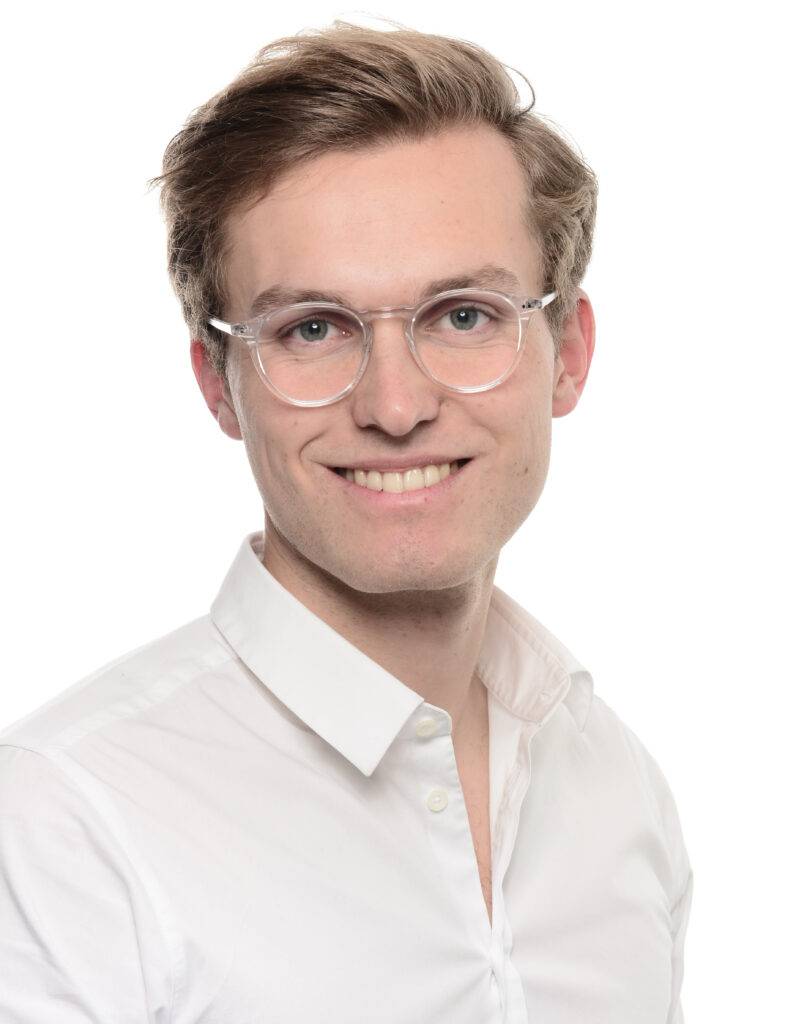
I started Structural Basics in January 2022, because I wasn’t happy with the structural engineering content that you could find with Google. I either couldn’t find the things I was looking for or I wasn’t happy with how the content was presented. There were no easy to follow step-by-step design guides, and I thought that I could change that. 😎😎
Structural Basics is about you, the reader, and teaching you structural engineering knowledge in the easiest possible way.
In April 2023 I also started a YouTube channel, turning the blog posts into video and a newsletter sharing more personal and work related stories.
Since I started SB, I learned so much about websites, SEO, design, video editing and writing.
If you want to learn more about what Structural Basics is, then you can check out this video.
My Personal Life
I was born in February 1997 in Kempten, Germany. I grew up in Germany close to the Alps, did my bachelor’s in Austria and my master’s in Denmark. After my master’s, I worked as a full-time structural engineer for 1.5 years in Copenhagen, before I moved to Munich in November 2024. On my YouTube channel, I try to be as transparent with you guys as possible. I made a video about why I left Copenhagen.
One of my big passions is backpacking. I use almost all of my vacation days and overtime hours to travel.
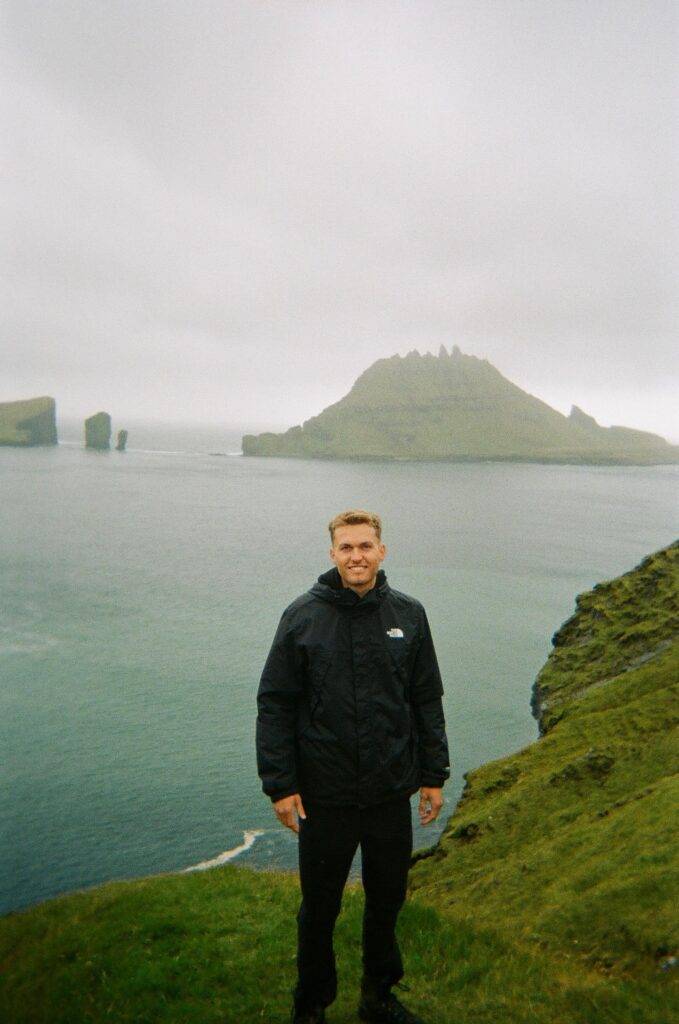
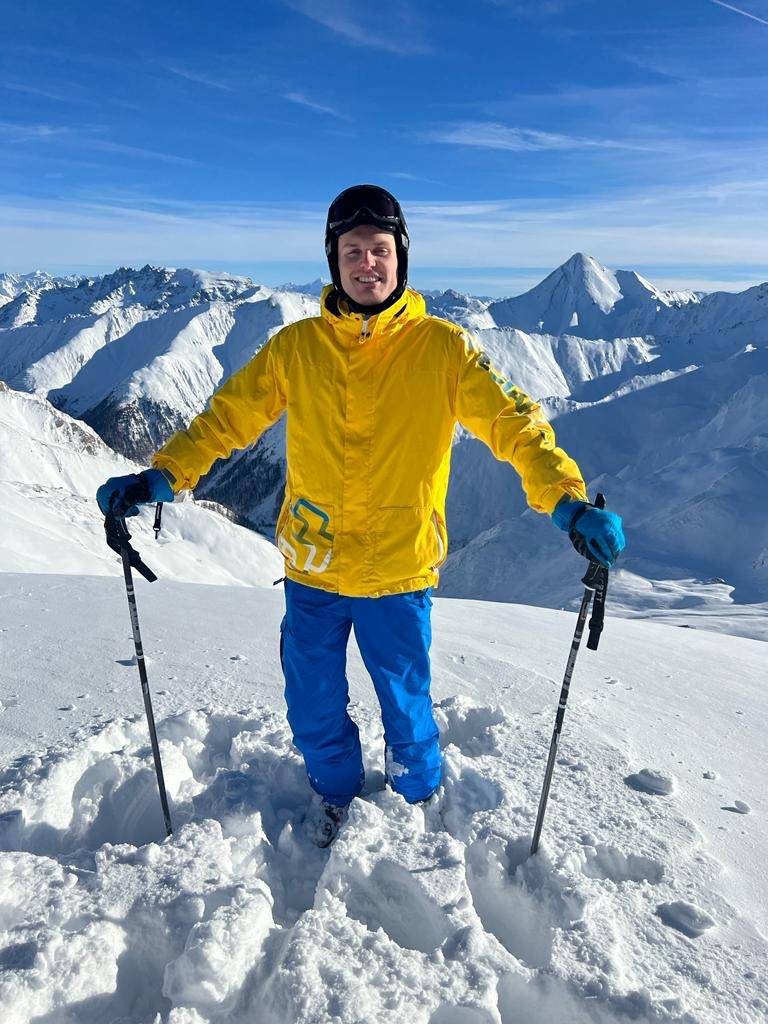
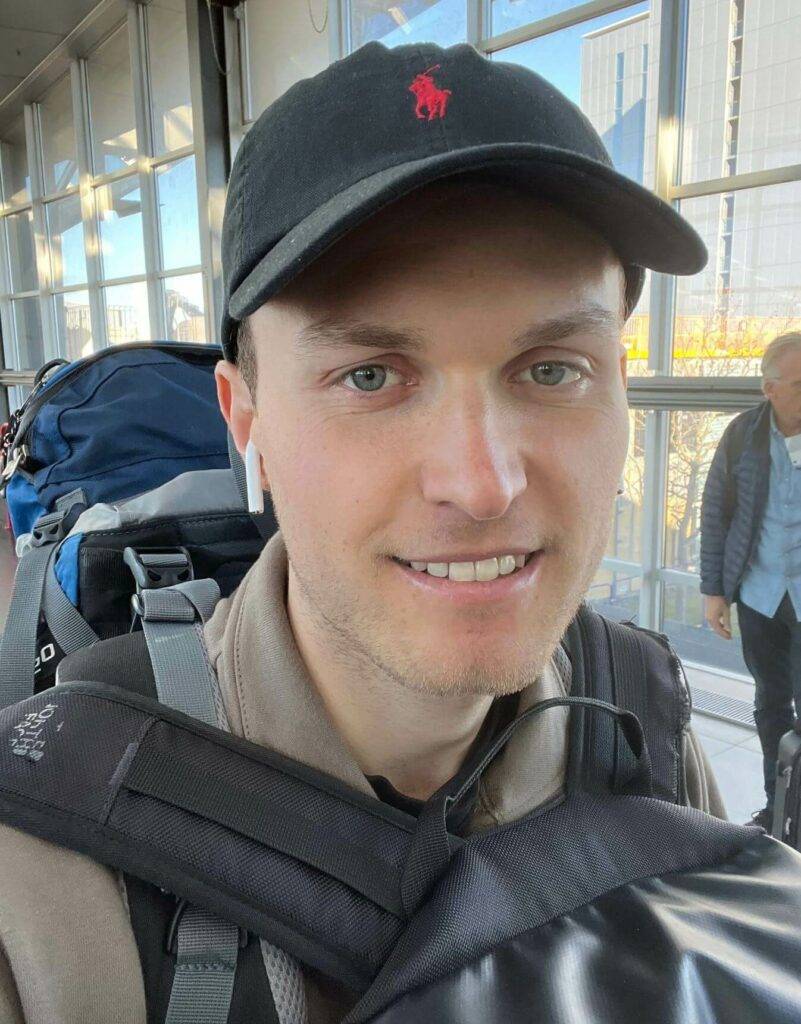

Pictures from left to right: Faroe Islands (Sep. 2024), Ischgl (Dec. 2022), Copenhagen airport about to fly to Cambodia (Feb. 2023), Philippines (March 2020).
Another thing I love is sports. I hit the gym 4-5 times a week. I ran my first marathon in May 2024 in Copenhagen and ran another one in October 2024 in Palma de Mallorca. Growing up close to the Alps, I also like skiing and hiking.
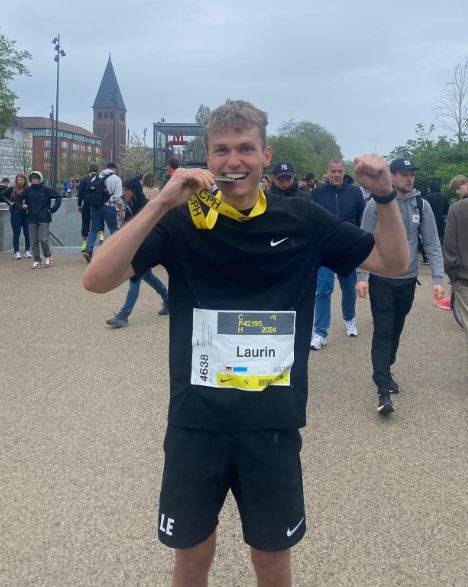
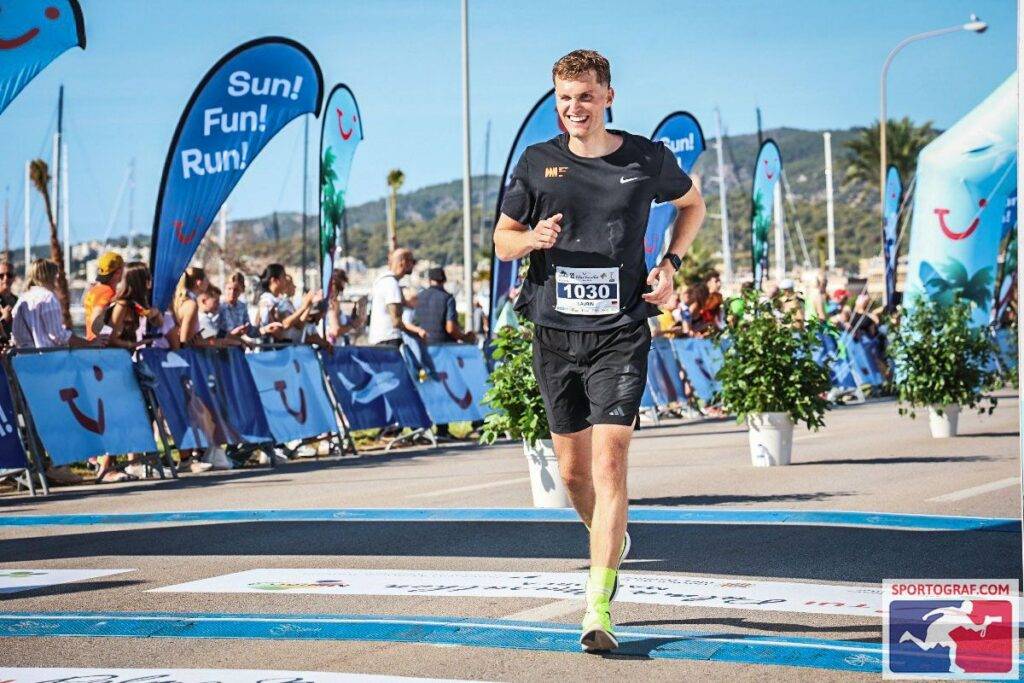
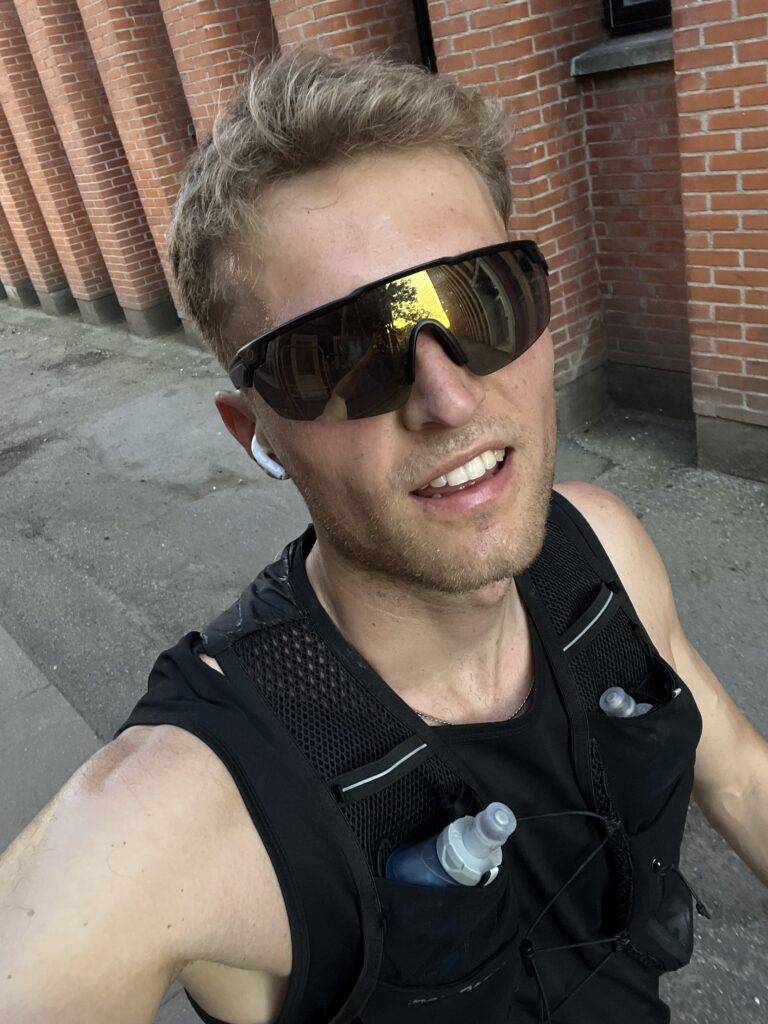
Besides travelling and sports, I love working on Structural Basics. I am very fortunate that I found a profession which I love. At this moment in my life, my work as a structural engineer feels like a hobby. I am very grateful that I get to share my knowledge with you readers.
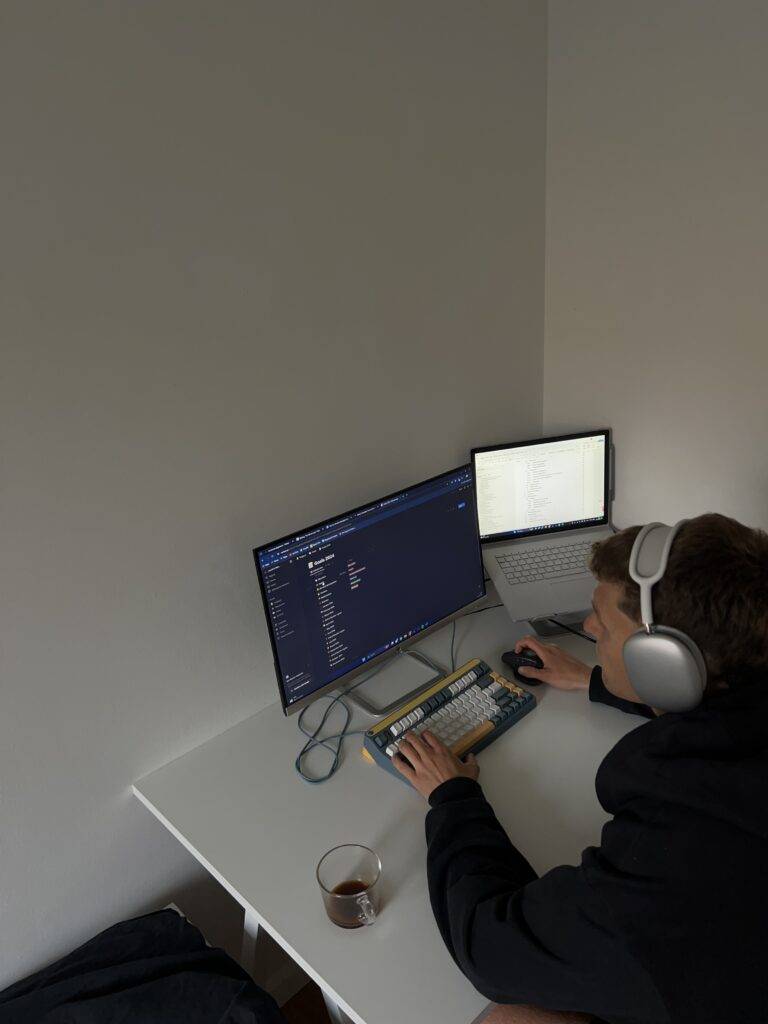
My Background
Since I am 16, I have been working in the construction industry or in construction related jobs. To be honest, I have never had a job that wasn’t related to construction.
In the beginning that were summer and student jobs I got to finance my travelling and studies (but also to gain knowledge and insides from the industry) included
- Scaffolding
- Carpentry
- Refurbishment of an old building
- Plumbing
- Housekeeping
In October 2016 I started studying Civil and Environmental Engineering at the university of Innsbruck, Austria.
To be honest, when I started my studies, I had no clue about civil engineering. At that time, I thought I would become a site engineer. I didn’t even know that structural engineering was part of the civil engineering study programme.
Well, I quickly fell in love with all structural engineering courses I had, and I knew that I would want to pursue a career in structural engineering.
After my first engineering internship, which was within bridge inspection, I got my first student job with another bridge engineering firm in my hometown. I was working within BIM management, which was super exciting to my because BIM at the time wasn’t really taught in uni, and I thought it will revolutionize the industry.
After I graduated from my bachelor’s in July 2019, I started working full-time for the same engineering company as a BIM-modeller. I was modelling bridges in Autodesk Revit and got really nerdy about automizing our workflows with Dynamo.
In that job, I quickly realized something – the Scandinavian/Nordic countries (Norway, Sweden, Denmark and Finland) are like way ahead of Germany, like 5-10 years, when it comes to BIM and digitization in general. Also, I’m all about challenging myself and growing, plus I really wanted to learn a new language and study in English. So, I applied to master programmes in those countries! And in the end I decided to go to DTU – the Technical University of Denmark, because I liked the courses and the university the most.
So in August 2020, I packed my things and moved to Copenhagen, Denmark. And yup, it was not great timing moving to a country where you don’t speak the language during Covid-19. And I would be lying if I told you that it was easy.
Moving to another country is never a walk in the park. It always takes time and effort. But it was seriously the best decision I could’ve made! My expectations for this digital-savvy country? They were definitely fulfilled. It’s been great! I learned things and tools in my jobs and in my studies I wouldn’t have in Germany or Austria. Here are some of these things:
- Hand calculations are done in software programs like Mathcad, Maple or SMath instead of pen and paper
- Writing reports about structural design helped me become a better writer but also understand the designs better as I had to explain my calculations
- Revit and BIM? Well, that’s completely normal for everyone here. Even 50-60 year old engineers navigate through 3D models
- Python is used in many mathematical and structural courses
In the beginning of my master’s, I was still working remotely for the German bridge engineering company. I loved that job, but at the same time, I also wanted to experience how people work on the other side of the table in construction companies/ contractors and in Denmark. Learning from local companies was one of the main reasons I moved here.
So in November 2020 I switched to a contractor where I worked within BIM Coordination as a student. In this job I was doing clash detection, helped with modelling site installations, implemented Power BI dashboards which extracted data from all the softwares we used, set up check-lists and other workflows in Dalux and much more. In my time at the contractor, I had fun and learned a lot because I had great colleagues and got a lot of responsibility even though I was working as a student worker.
In August 2022 it was finally time to switch back to an engineering firm. I always knew that I enjoy structural engineering the most, but I didn’t want to miss out on the experience of working in a construction company for a few years and might regret that in the future. I joined a young and fast-growing structural engineering firm in Copenhagen, where I helped develop our in-house Grasshopper plugin in the first months until I graduated. On the side I also had the chance to get my own small design projects where I did the structural calculations and documentation of small renovation projects.
I graduated as an Architectural Engineer (M.Sc.) from the Technical University of Denmark (DTU) in February 2023. In my thesis, I researched about the reuse of structural steel elements like beams and columns.
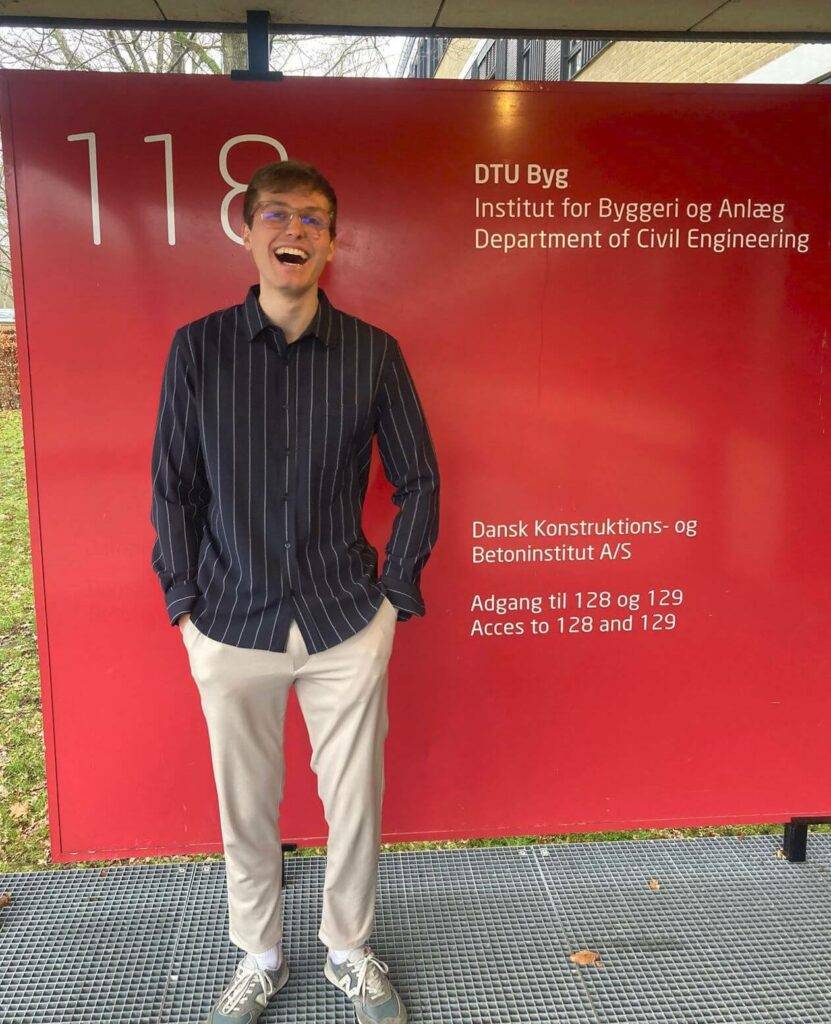
In April 2023, I started working full-time as a structural engineer in the same engineering firm I worked since August 2022. I definitely like working there as my colleagues are young and innovative, the company is growing quite quickly, and I get a lot of trust and responsibility.
In the end of October 2024 I moved back to Germany and started a new job in Munich. While I am very grateful for the experience I had in Copenhagen, there were a few small things I missed living in Denmark as a Non-Dane. I didn’t feel 100% integrated, even though I spoke Danish fluently, I didn’t have any Danish friends and the weather in winter felt a bit depressing. These were just 3 examples why I moved back.
I recently shared in detail why I moved back to Germany and how my first weeks in Munich and at the new job went. You can read the episode → here ← or watch the YouTube video.
Here are some of the things I’ve been working on as a structural engineer:
- Steel structures with steel connection design
- House extensions in timber, masonry, steel and concrete
- Big precast concrete buildings (stability analysis, floor diaphragm design with the stringer method, robustness analysis, foundation slab design, design of stabilizing elements such as wind braces, rc frames and shear walls, etc.)
- Small renovation projects (window and door openings)
- Foundation projects (piles, wells, strip and pad footings, pile caps and foundation beams)
- FE analysis of reinforced concrete slabs
- Parametric design of buildings in the early design phases with Rhino and Grasshopper